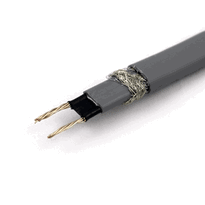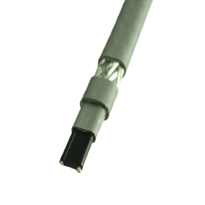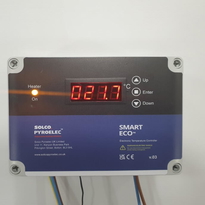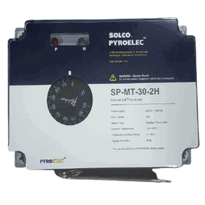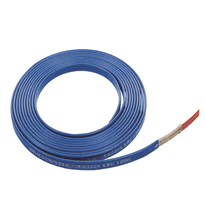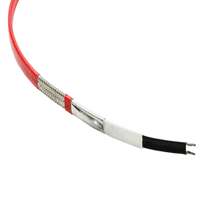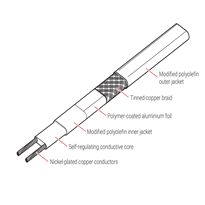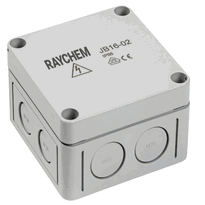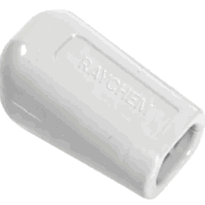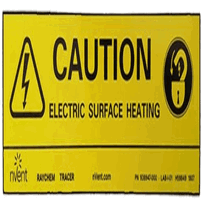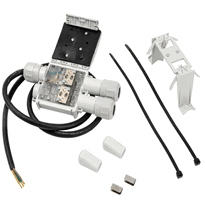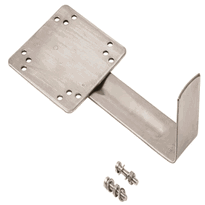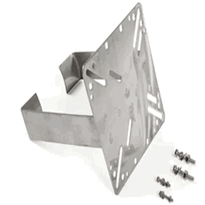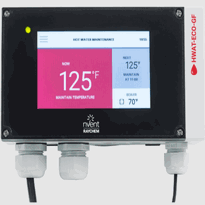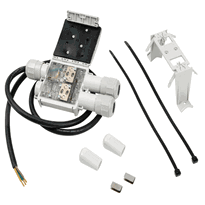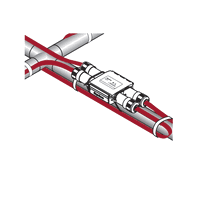Heat Trace for Fire Protection Piping
Heat trace systems are essential for fire protection piping because they prevent water from freezing, thereby ensuring that fire safety systems remain fully functional during cold weather conditions. These systems comprise electrical heating cables, splices, sensors, and insulation materials, all of which require proper installation and regular inspection to maintain safety standards and compliance with regulations such as NFPA and BS EN 60519.
Understanding the different types of heat trace systems and best installation practices enhances system reliability. Careful selection of appropriate components and ongoing maintenance are crucial for safeguarding critical infrastructure effectively. Ensuring these systems are properly specified and managed helps prevent system failure and maintains the integrity of fire protection services in challenging weather conditions.
Understanding the Purpose and Benefits of Heat Trace in Fire Protection Systems
Heat trace systems are a crucial element of fire protection piping, primarily aimed at preventing freezing and maintaining the integrity of pipes during cold weather conditions. By applying electrical heating cables directly to pipes, these systems ensure that temperatures remain above the freezing point, thereby keeping fire suppression water supplies accessible when needed. Proper placement and operation of heat trace are vital for system effectiveness. The primary benefit of heat tracing lies in reducing the risk of pipe bursts, leaks, or failures caused by ice formation. Such failures can severely compromise fire safety within a building. To enhance safety and reliability, NFPA standards mandate electrical supervision of these systems, which verifies that power is continuously supplied and functioning correctly. Proper installation and maintenance of heat trace systems ensure continuous operation throughout winter months, which helps to prevent costly emergency repairs and keep fire safety measures intact. This minimizes downtime and prevents costly emergency repairs. Ultimately, these systems help safeguard both building infrastructure and contents from fire-related damage by ensuring that fire protection systems are operational and that the water supply remains functional under freezing conditions.
Different Types of Heat Trace Systems and Their Components
Different types of heat trace systems are designed to suit various installation environments and operational requirements, with each type utilizing distinct technologies and components to provide reliable freeze protection. Electric heat tracing includes self-regulating heating cables, which automatically adjust their output based on ambient temperature, and constant wattage cables that deliver uniform heat along their length. Mineral-insulated cables are utilized in high-temperature or rigid protection applications. Essential components for electric systems include cables, splice kits, end terminations, connectors, and thermal sensors, all compliant with UK and international standards such as UL and IEC. The use of certified heat tracing systems is crucial for ensuring compliance with safety standards and system effectiveness. Steam heat tracing employs steam pipe jackets, tubes, steam traps, condensate return lines, and pressure control valves. These systems are common where steam is naturally available, such as in certain industrial processes, but they require complex installation and ongoing maintenance. As a result, electric heat tracing systems are generally more practical and easier to implement in most UK applications.
Installation Guidelines and Compliance Standards for Heat Trace Applications
Proper installation of heat trace systems in the UK requires strict adherence to established guidelines regarding positioning, attachment, insulation, and compliance with relevant standards.
Ensuring correct pipe positioning is essential; cables should be installed at specified points such as the 5 o’clock or 7 o’clock positions, with alternative placements like the 10 o’clock or 2 o’clock positions considered when access is limited.
Attachment methods must secure cables tightly using suitable tape at intervals no greater than 30?cm to maintain consistent contact and prevent movement during operation.
The utilization of UL-listed insulation materials, such as fiberglass, is recommended. In particular situations, protective measures—including the application of aluminium foil tape—are necessary, especially in cases involving nonmetallic or insulated piping, to enhance heat retention and system efficiency.
Compliance is paramount when installing heat trace systems. All procedures must follow national standards such as those outlined by the British Standards, alongside requirements from organisations such as the Health and Safety Executive (HSE). Additionally, adherence to the manufacturers’ instructions and contractual documentation is essential for a safe and compliant installation.
Thorough planning is vital; this includes producing detailed shop drawings, submitting product data sheets, and ensuring that all components are specified according to the project’s requirements. Proper planning guarantees a safe, effective, and long-lasting heat trace installation, reducing the risk of failures or safety hazards.
In summary:
- Position cables accurately according to pipe type and accessibility, utilizing recommended locations.
- Secure cables with appropriate tape at intervals not exceeding 30?cm.
- Use UL-listed insulation and protective materials as per manufacturer guidelines.
- Always comply with national standards such as BS EN 60519 and relevant health and safety regulations.
- Ensure comprehensive documentation and planning before commencement of installation.
Maintaining and Inspecting Heat Trace Systems for Optimal Performance
Maintaining and inspecting heat trace systems is a methodical process that ensures ongoing safety, reliability, and efficiency in protecting pipelines from freezing temperatures. Regular visual inspections help identify physical damages such as cuts, cracks, or abrasions that could impair electrical continuity. Checking for moisture, dirt, or bird nests within seals helps prevent faults, ensuring the system functions correctly. Verifying drip loops, examining insulation for moisture, and confirming secure cable attachments support optimal operation. Proper installation and adherence to safety standards are crucial for system longevity and effective performance. Electrical testing is essential and includes measuring insulation resistance and cable resistance to detect potential faults. Continuous monitoring through digital controllers ensures the system maintains correct performance levels. Preventive practices should involve stockpiling critical spare parts, scheduling maintenance in accordance with environmental conditions, and promptly replacing damaged components. Insulation materials and accessories, such as pipe and duct insulation wraps or jackets, can be vital in maintaining system efficiency. Comprehensive documentation of all inspections, tests, and repairs is vital to support the ongoing optimization of the system.
Considerations, Limitations, and Alternatives to Heat Trace Solutions
When assessing freeze protection strategies for fire protection piping, it's crucial to understand the considerations, limitations, and alternative solutions to heat trace systems. According to UK standards and regulations, maintaining sprinkler pipes above 4°C within specified temperature ranges is essential, typically achieved through UL-listed systems or approved substitutes. Heat tracing should be installed on critical sections such as standpipes and unheated areas to ensure system reliability. Valves generally require local heating or protected enclosures to prevent freezing and shouldn't solely rely on heat tracing solutions. Limitations of heat tracing include potential system failure caused by electrical faults, the need for regular maintenance, and dependence on the effectiveness of insulation. Proper installation procedures are vital to ensure safety and compliance with electrical codes, minimizing the risk of failures related to incorrect wiring or component selection. Additionally, the mechanical strength and waterproofing features of products like Marmox insulation can help to enhance the overall integrity and thermal stability of the piping system, reducing reliance on heat tracing in some cases. Alternative approaches include the installation of dry pipe systems, utilization of antifreeze solutions where appropriate, the use of heated enclosures, and the application of high-performance insulation with favorable K-values and U-values. These options can decrease reliance on heat tracing, offering potentially more reliable and cost-effective solutions in certain scenarios. Ensuring proper installation in accordance with electrical and safety regulations is vital for safe operation. Understanding these factors allows for the selection of the most suitable, efficient, and resilient freeze protection method for fire protection piping, tailored to the specific demands of UK-based projects.
Conclusion
Proper selection, installation, and maintenance of heat trace systems are essential to ensure reliable fire protection piping. Adherence to industry standards enhances system safety and efficiency, while regular inspections help identify potential issues before failure occurs.
Although heat trace provides an effective solution for frost protection and preventing freezing, understanding its limitations and exploring alternative methods can help achieve optimal performance. Accurate implementation of these measures guarantees system durability, operational safety, and the overall integrity of fire protection infrastructure.








